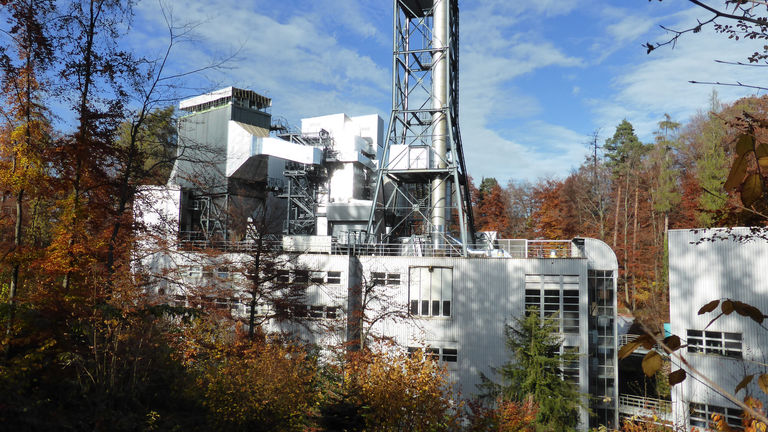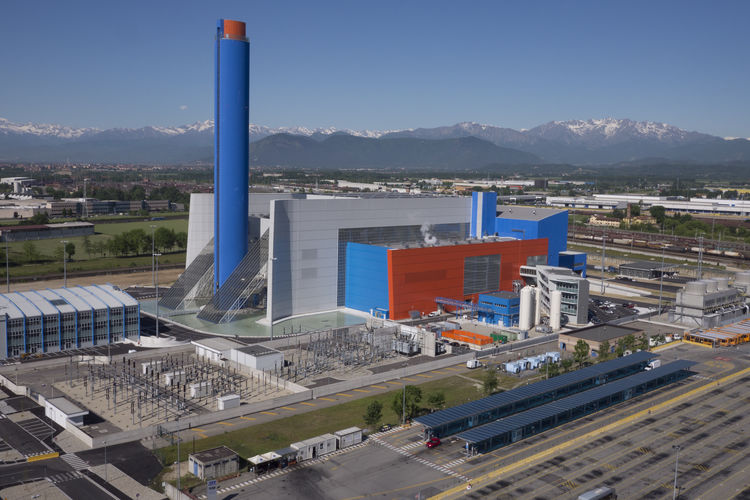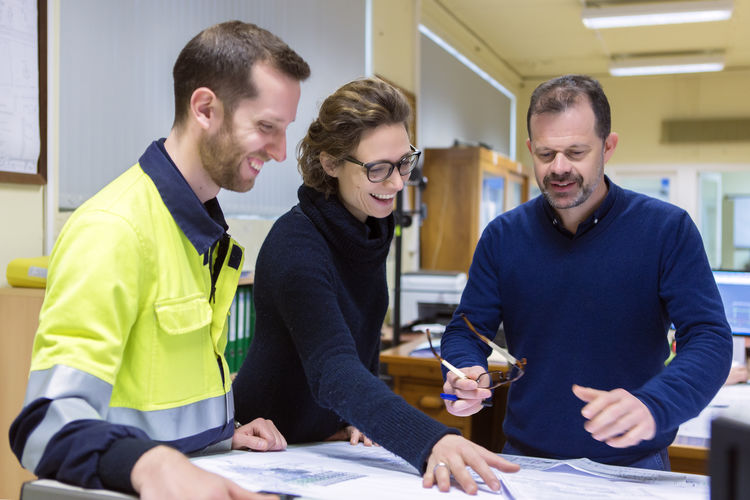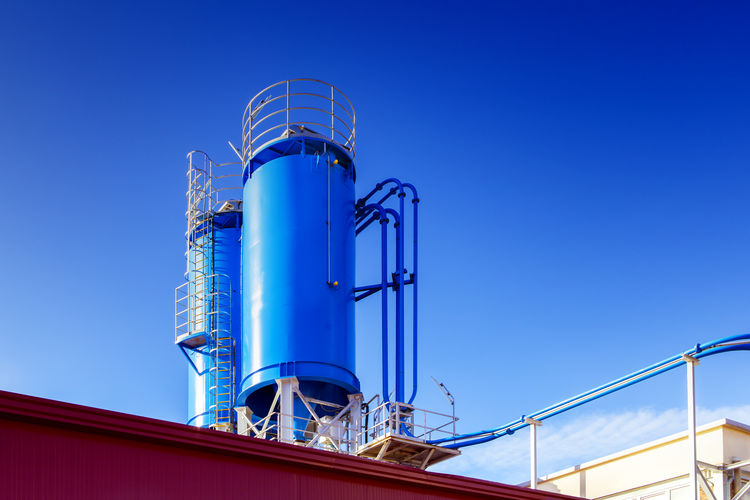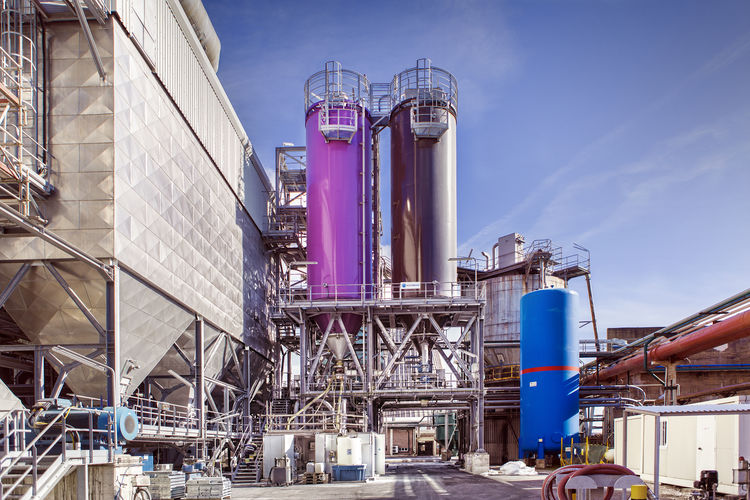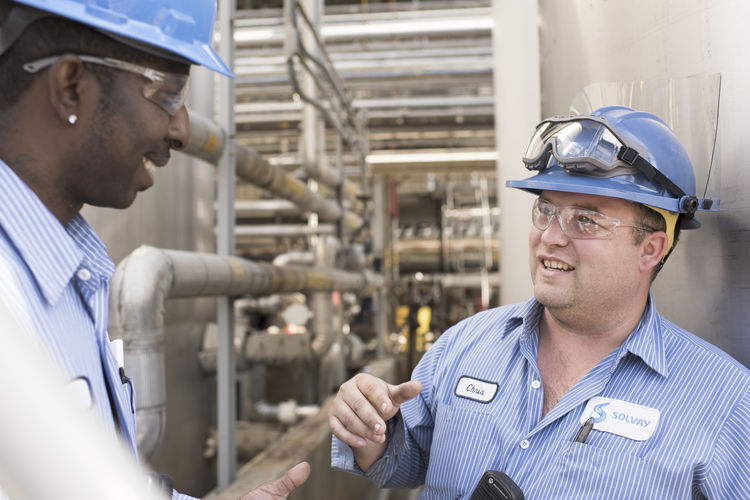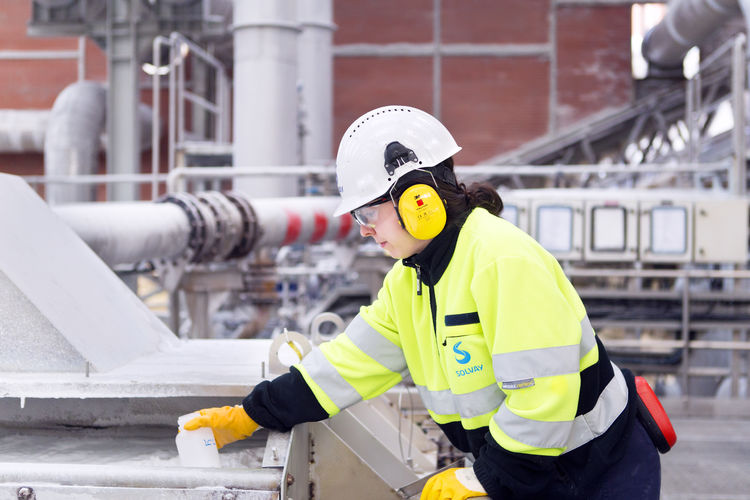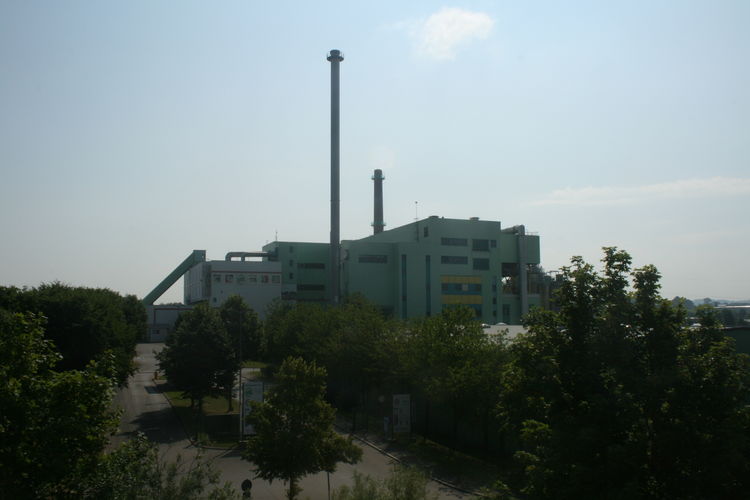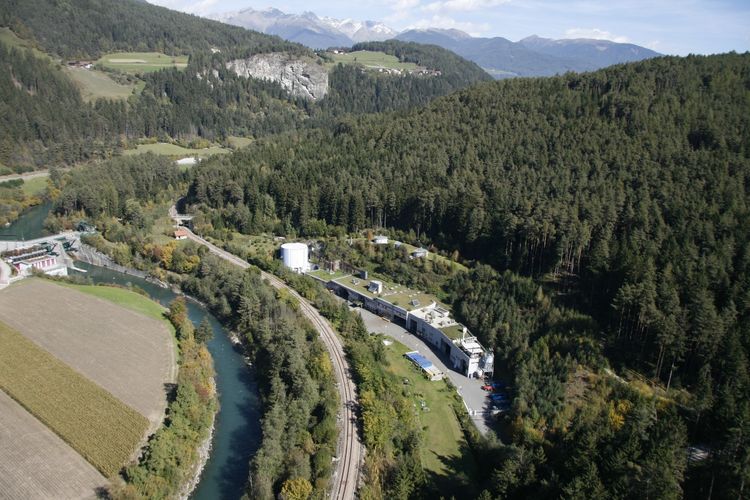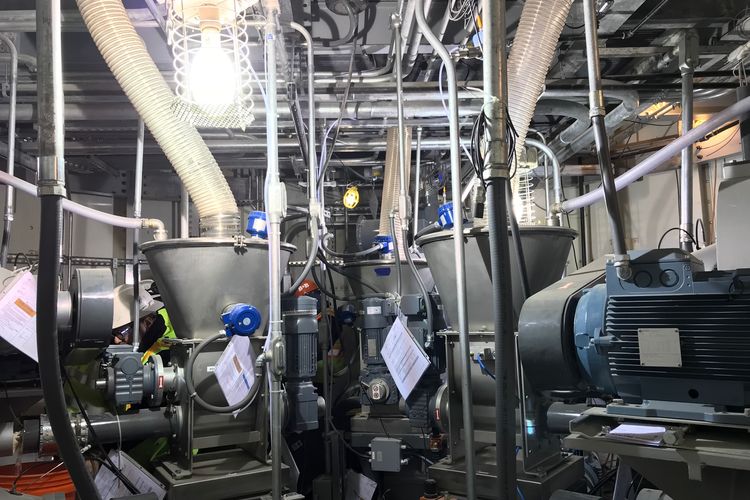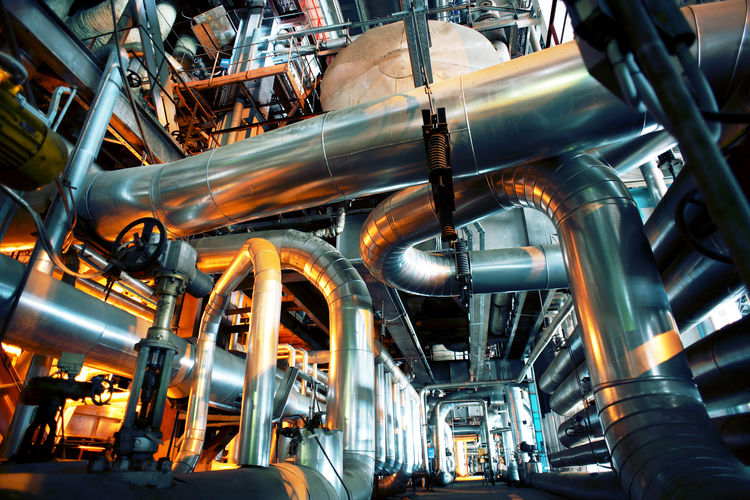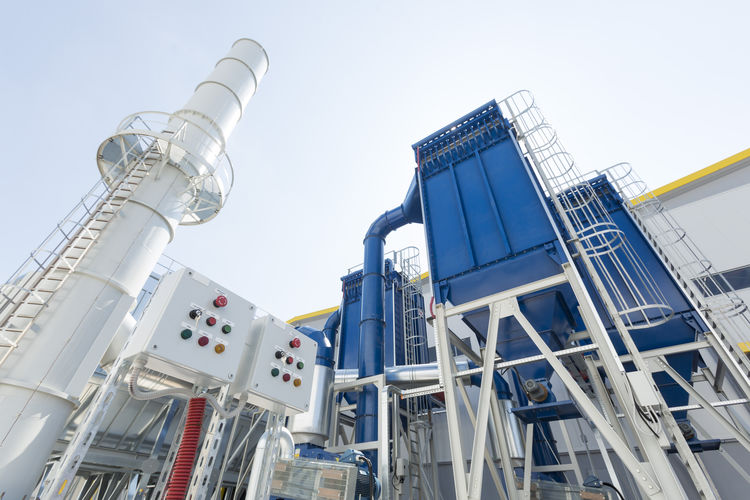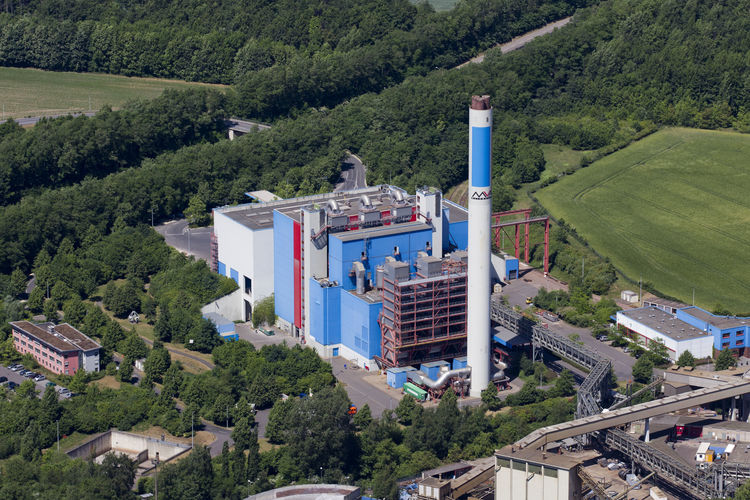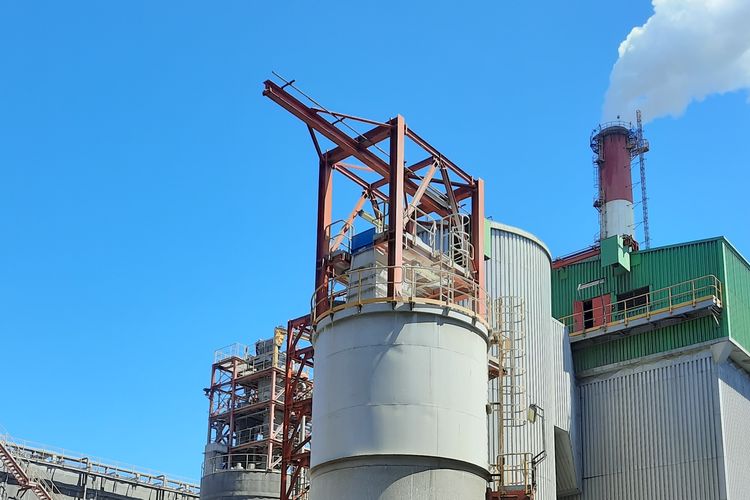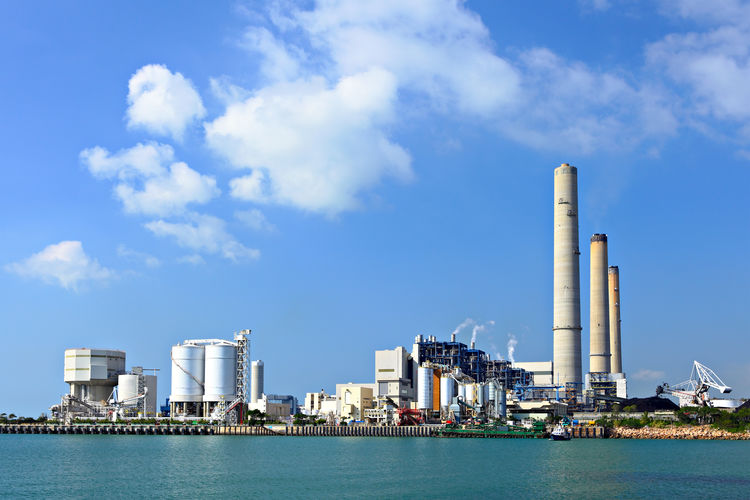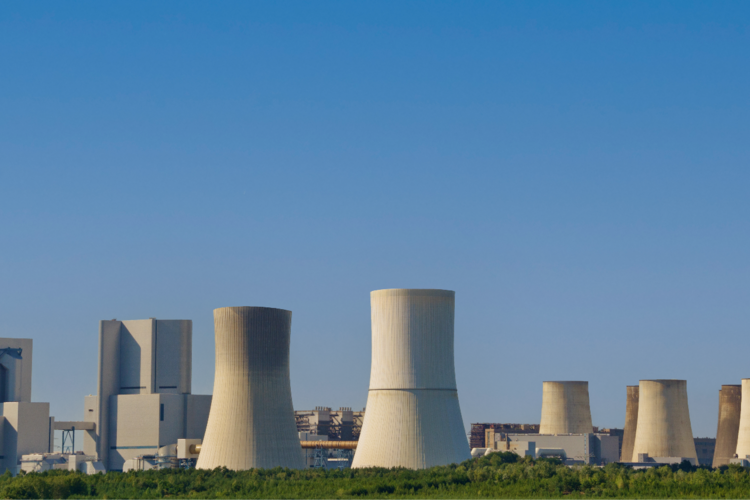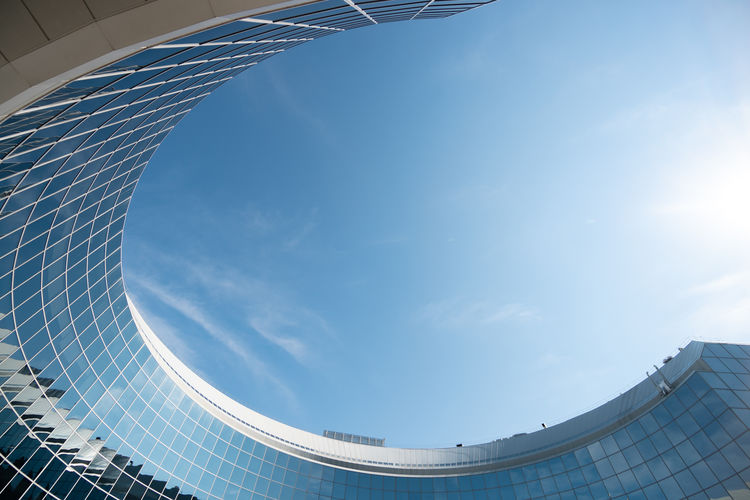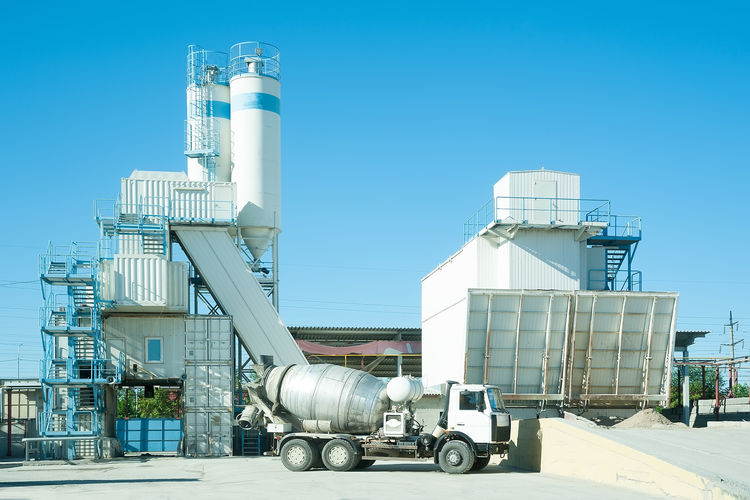Horgen Key figures - 2019
- Permit capacity: 35 000 t/year
- Incinerated volume: 34 953 t/year
- Operation hours: 8 239 h
- Stoichiometric factor: 1.01*
- Sorbent consumption: 10.4/kg/t waste
- RSC** production: 9.0 kg/t waste
- Electricity produced: 537 kWh (el) /t waste
- District heating: 1,184 kWh (th) /t waste
Source ZVHo - RESOLEST * based on residue analysis ** Residual Sodium Chemicals
Horgen’s needs: high capacity waste-to-energy operations
In 2015, the Swiss Energy-from-Waste facility nearby the Zürich lake has successfully completed its revamping including SOLVAir® flue gas treatment, to ensure its long term operations till 2030 and beyond.
Reach the lowest possible emissions rate
Due to the very near surrounding of residential areas as well as protected natural areas, the regulations require the stack emissions to be the lowest possible. Implementing SOLVAir® solutions was possible uniquely by granting similar or lower levels of pollutants as formerly achieved with the wet scrubbing system.
What SOLVAir® provides to Horgen
From a wet scrubber to a SOLVAir® Dry Sorbent Injection
Only one incineration line out of two formerly operating was kept. This came down to a new design and permit capacity of 35,000 tons waste per year. The revamping included a boiler change and a flue gas treatment system conversion from wet scrubber to dry sorbent injection with the pre-milled sodium bicarbonate SOLVAir® SB 0/3.
Residues recycling in RESOLEST
In accordance with the Switzerland cantonal regulations, flue gas treatment residues must be recycled. The RESOLEST® recycling facility in North-East of France processes residues further to produce salted brine to be utilized in SOLVAY’s industrial soda ash manufacturing facility. This operation is recognized as recycling by Swiss authorities.
Benefits for Horgen
To the edge of optimization
The flue gas treatment was built with an internal residue recirculation system, which enables to maximize the sorbent utilization rate, whatever the pollutant concentrations. It also enables to reduce the volume of residual sodium chemicals.
High energy recovery for district heating
By reducing SOX emissions below 10 mg/Nm³ before the selective catalytic reduction module (SCR), the DeNOX operation does not require a re-heating of flue gases to avoid catalyst de-activation, and unspent heat is recovered for district heating.
Requirements of the legislation and achieved rate
| Flue gases components | Raw gas before cleaning mg/Nm3 (Average / Maximum) | Clean gas - Yearly Average mg/Nm3, dry, 11% O2 | Legislation - Daily average mg/Nm3, dry, 11% O2 |
| Particulate matter | 50 / 500 | 0,1 | 10 |
| Chrloridric acid - HCl | 500 / 2000 | 0,8 | 10 |
| Sulfur dioxide - SO2 | 150 / 500 | 7,5 | 50 |
| Nitrogen oxides - NOx | 200 / 400 | 58,8 | 100 |
| Mercury - Hg* | 6,6.103 | 50.103 | |
| Dioxins / Furans - PCDD/F * | 4,6.103 | 100.103 |
Source ZVHo
*Punctual sampling
